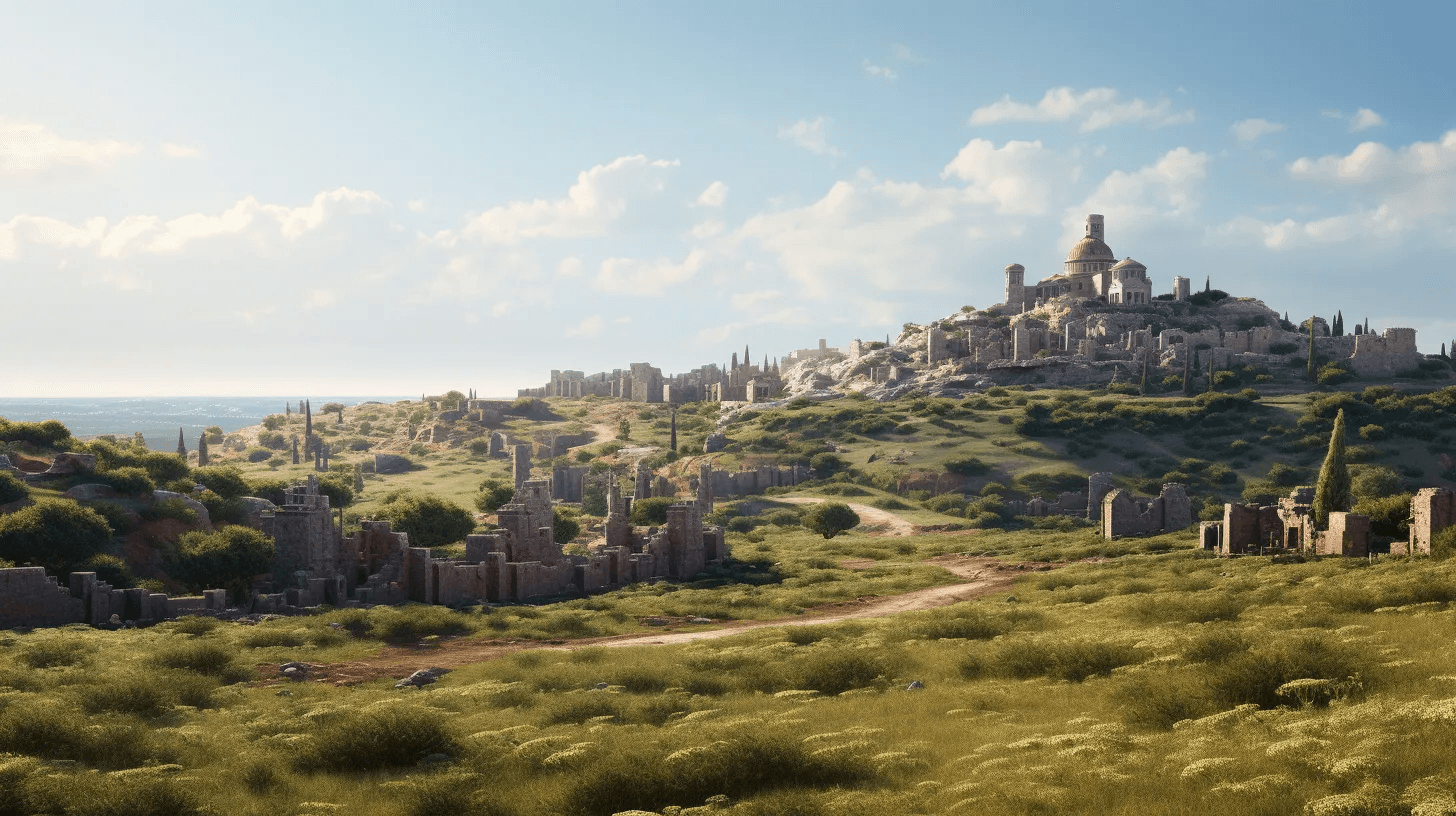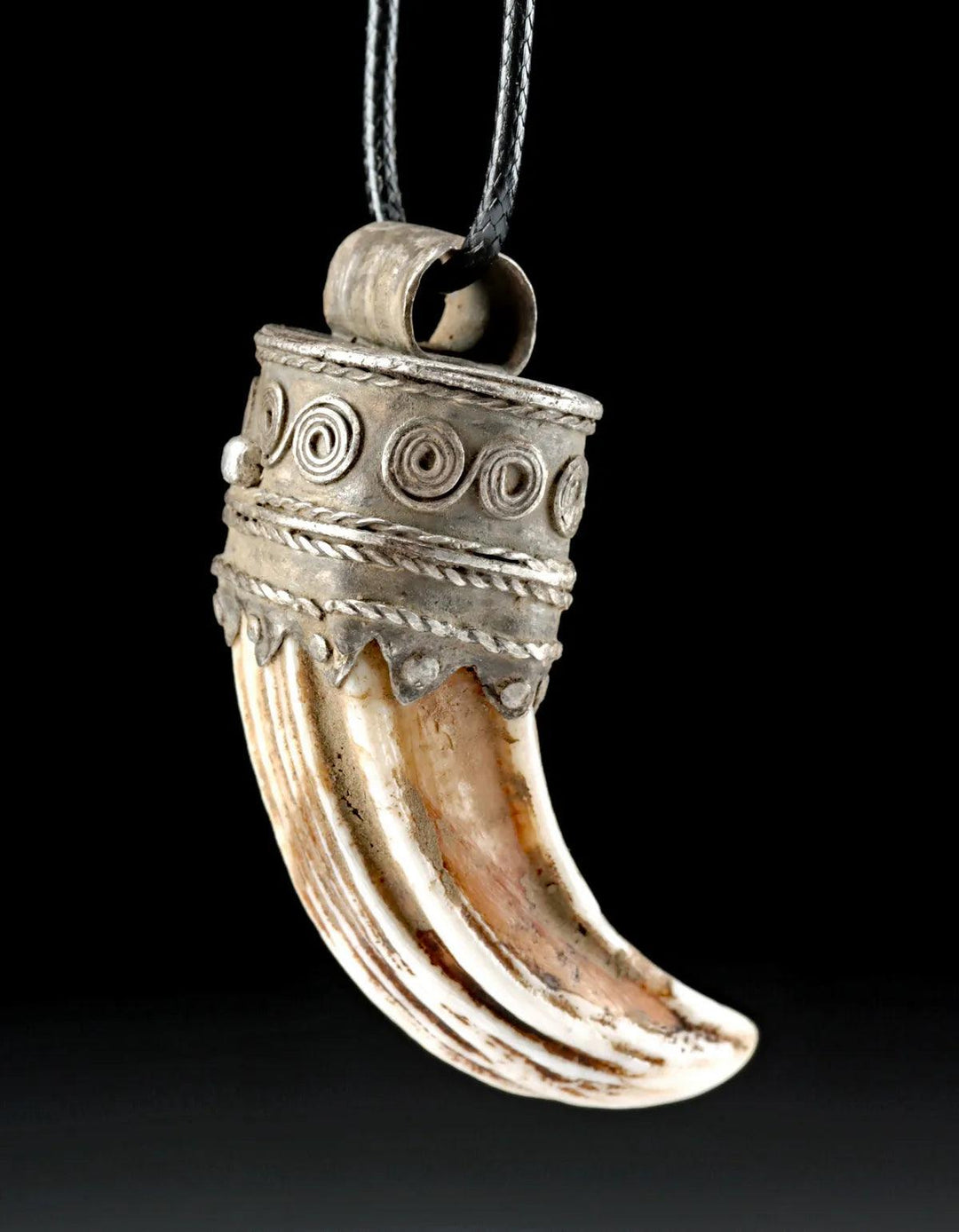
Etruscan: Artifacts from Italy's Ancient Enigma (900BCE - 100BCE)
Venture into the world of the Etruscans with our collection of authentic artifacts. Discover the legacy of a civilization known for its splendid tombs, intricate jewelry, and profound influence on ancient Rome.
The Etruscans - a pre-Roman civilization that flourished in present-day Tuscany, Umbria, and parts of Lazio. Emerging around the 9th century BC and lasting until its assimilation into the Roman Republic in the late 1st century BC, the Etruscans remain one of history's most intriguing enigmas.
Key Highlights:
- Necropolises: The Etruscans are renowned for their elaborate burial sites, adorned with frescoes that offer glimpses into their beliefs and daily life.
- Etruscan Alphabet: Derived from the Greek alphabet, the Etruscans left behind inscriptions that provide valuable insights into their language and culture.
- Art and Craftsmanship: Etruscan artisans excelled in metalwork, pottery, and sculpture, often depicting scenes from mythology and daily life.
- Religious Practices: The Etruscans had a pantheon of deities and practiced divination, influencing Roman religious traditions.
Regions: Etruscan civilization spanned several key areas of ancient Italy:
- Tuscany: The heartland of Etruscan culture, with cities like Tarquinia and Chiusi.
- Umbria: Home to important Etruscan centers like Perugia and Orvieto.
- Lazio: Regions that saw the rise of Etruscan influence, including ancient sites near modern-day Rome.
Valued Materials: The Etruscans, with their advanced craftsmanship, cherished various materials:
- Gold and Silver: Extensively used for crafting jewelry, coins, and decorative items.
- Bronze: Employed for statues, tools, weapons, and ritual objects.
- Terracotta: Used for pottery, roof tiles, and the famed Etruscan terracotta sculptures.
- Alabaster and Tufa: Utilized for constructing sarcophagi and tomb structures.
Relevant Time Periods: The history of the Etruscans can be divided based on significant epochs and developments:
- Villanovan Period (c. 900–700 BC): Early phase of Etruscan history, marked by geometric pottery and the establishment of key settlements.
- Orientalizing Period (c. 700–580 BC): Characterized by increased trade with the East and the emergence of distinct Etruscan art styles.
- Archaic Period (c. 580–480 BC): The zenith of Etruscan power and influence, with the construction of grand tombs and urban developments.
- Classical and Hellenistic Periods (c. 480–100 BC): Marked by conflicts with Rome, artistic evolution, and eventual assimilation into the Roman Republic.
Step into our curated collection of Etruscan artifacts, each echoing tales of ancient priests, artisans, and nobility. From intricately designed gold jewelry to terracotta sculptures and inscribed bronze mirrors, immerse yourself in the rich heritage of a civilization that once shaped the course of Italian history.




